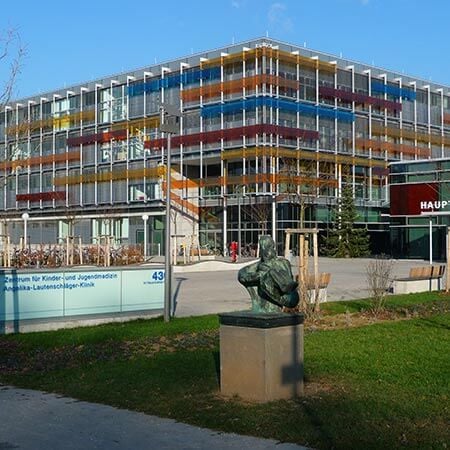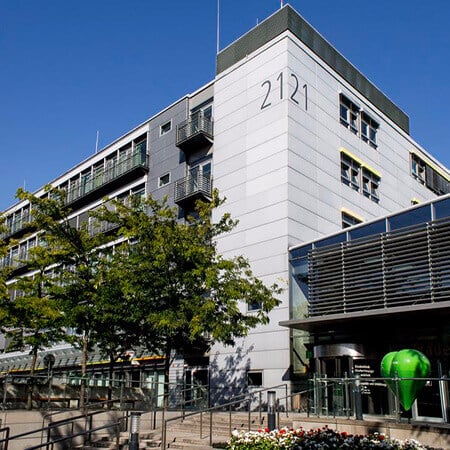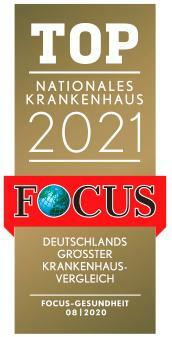About the disease
Juvenile rheumatoid arthritis is a lasting inflammation of joints in children and teenagers younger than 16 years old. As a result, joints become stiff and sore and their overall mobility capacity becomes decreased. Many children with JRA feel heat and pain in the joints, which is manifested by redness and can be identified at early stages. JRA is an autoimmune disease, meaning that immune system of a child starts for some reason to fight against itself and attacks its own tissues, which in their turn affect the joints. According to an American site WebMD, only in USA there are 50, 000 people affected by this disease annually. Although the cause of JRA is now known, many doctors believe that genetic predisposition and certain environmental factors, such as bacterial and viral infections, play key role in the development of this condition. In progressive stages JRA can affect not only joints, but also pulmonary, cardiac systems and overall nervous system of a child. JRA also affects eyes in 20% of all cases. Nonetheless, such complications are rare and most children are able to recover from this condition.
Most often JRA is manifested by seizures, which are recurrent and can last for several days or even weeks. In periods between seizures children usually do not feel pain and stiffness in the joints with few exceptions. Over time, the actual period of seizures becomes less and less painful, especially if a child exercises regularly to help the muscle and joints develop properly. Juvenile rheumatoid arthritis is less dangerous than the adult one and 60% of all children with this condition outgrow it in adulthood.
Symptoms
- Pain in the joints and muscles
- Stiffness
- Fever
- Decreased mobility of the joints
- Fatigue
- Weight loss
Diagnosis
- Blood count test is used to check the red blood cells, which are usually low in JRA.
- X-Ray of joints shows how much JRA affected them. X-Ray of lungs and heart can also be ordered in progressive stages of JRA.
- CT scan and MRI are more precise in creating images of joints and are used to support the diagnosis.
Treatment
- Conservative treatment is the most common treatment for JRA. It aims to alleviate the pain and stiffness in the joints and make the period of seizures as short as possible. Anti-inflammatory and corticosteroid drugs are the most effective in stopping the inflammation.
- Physical therapy is also important as treatment option as it can make the muscles stronger and increase the joint mobility.
Authors: Dr. Nadezhda Ivanisova, Dr. Farrukh Ahmed

















